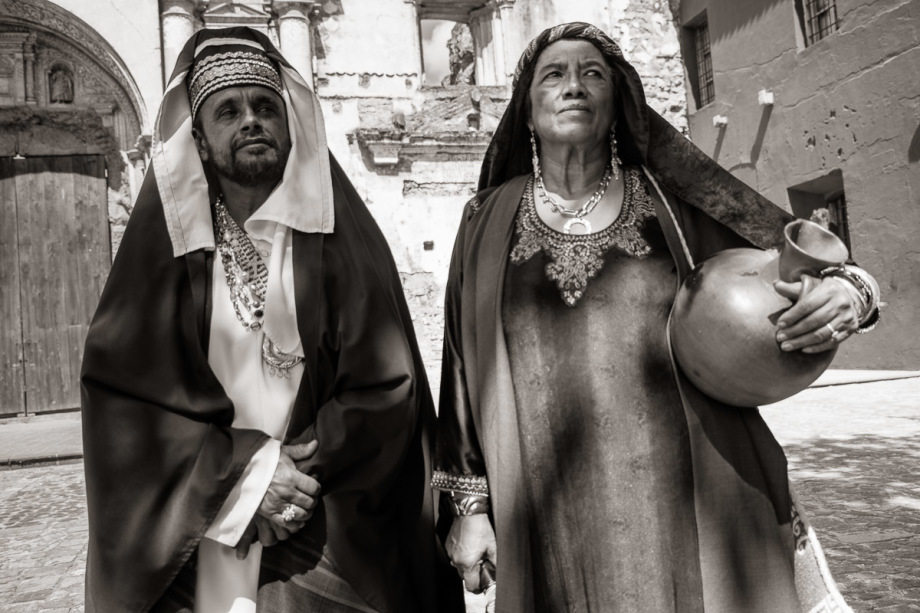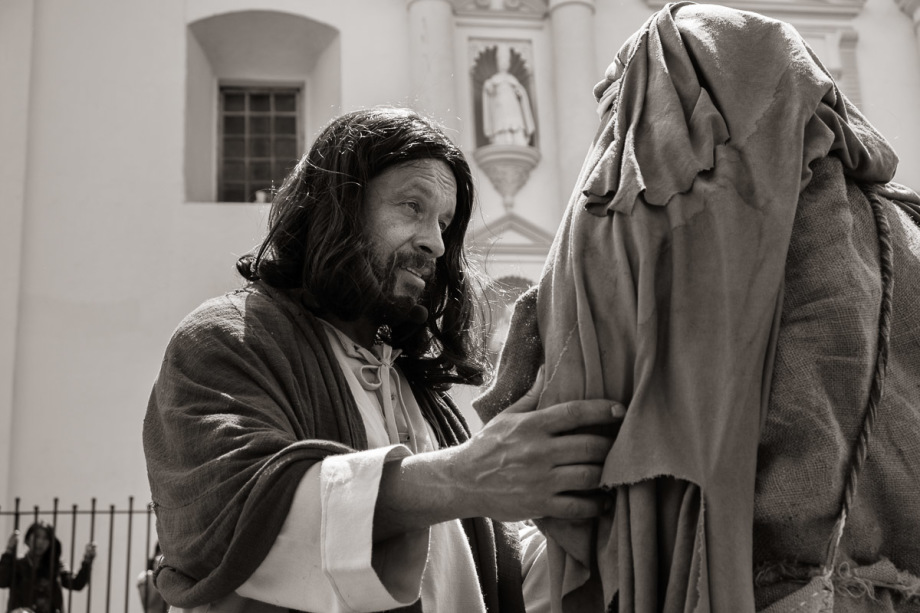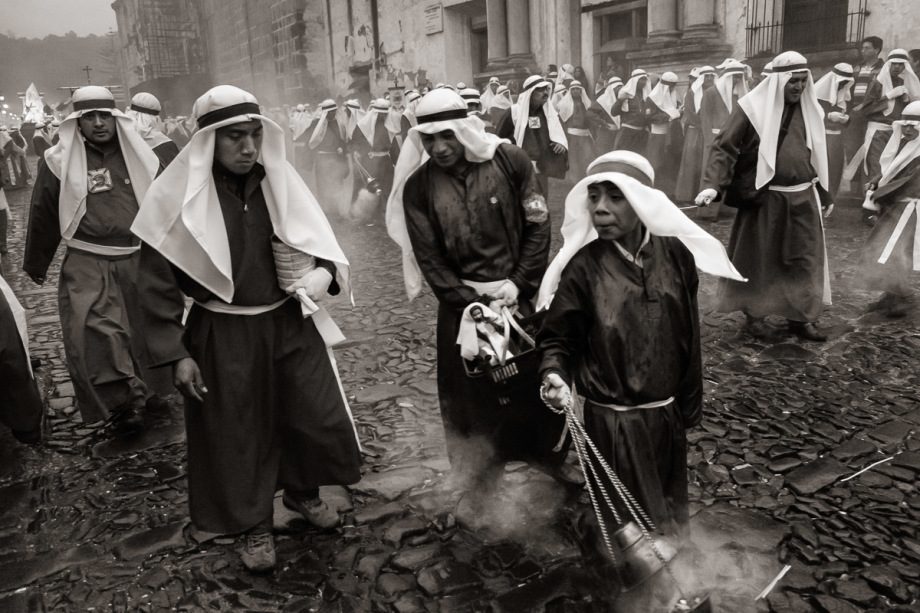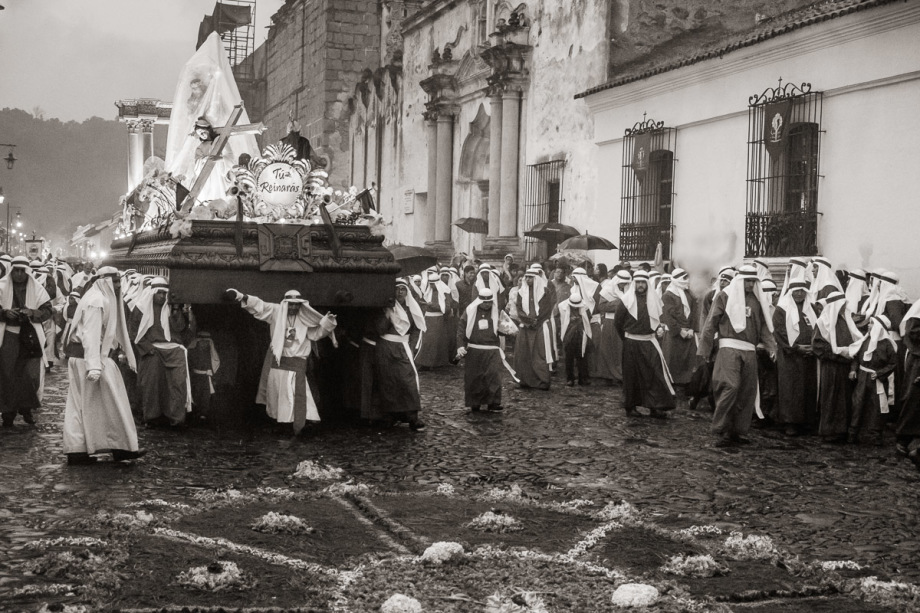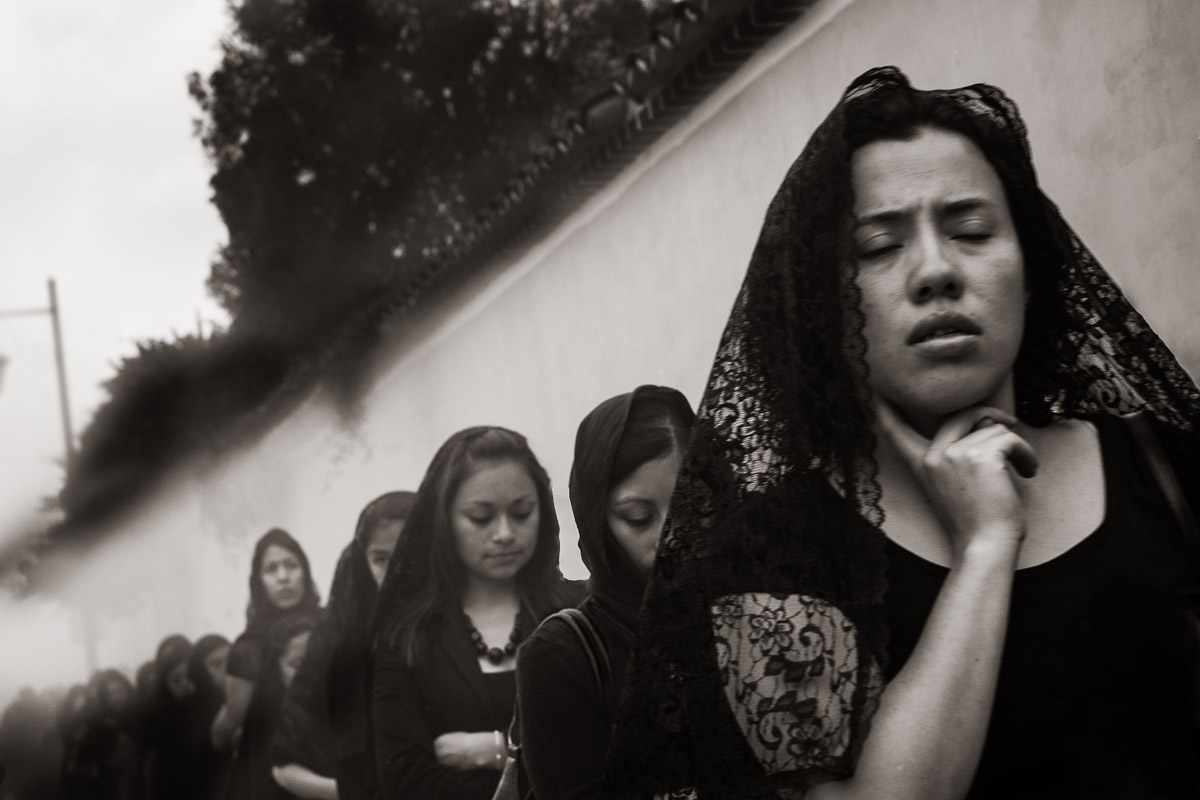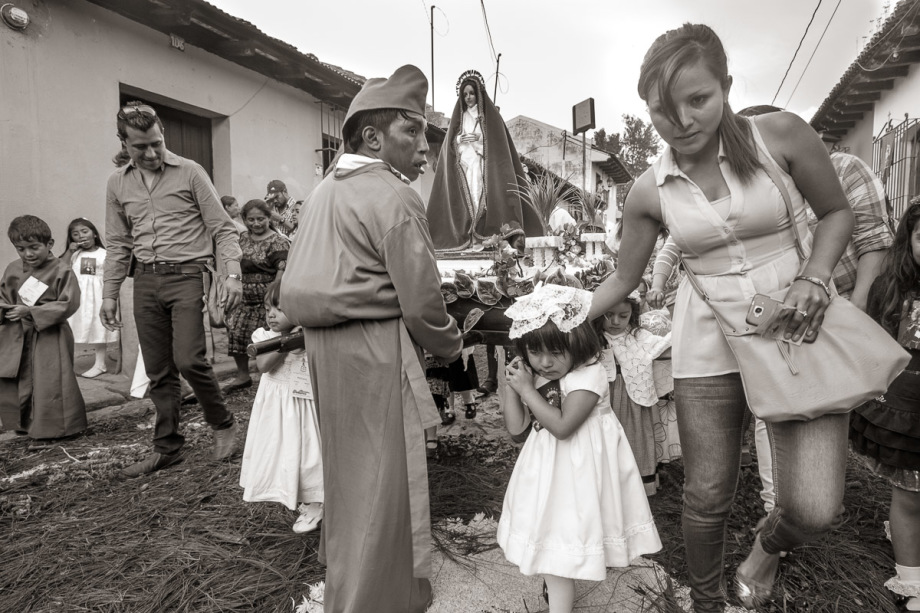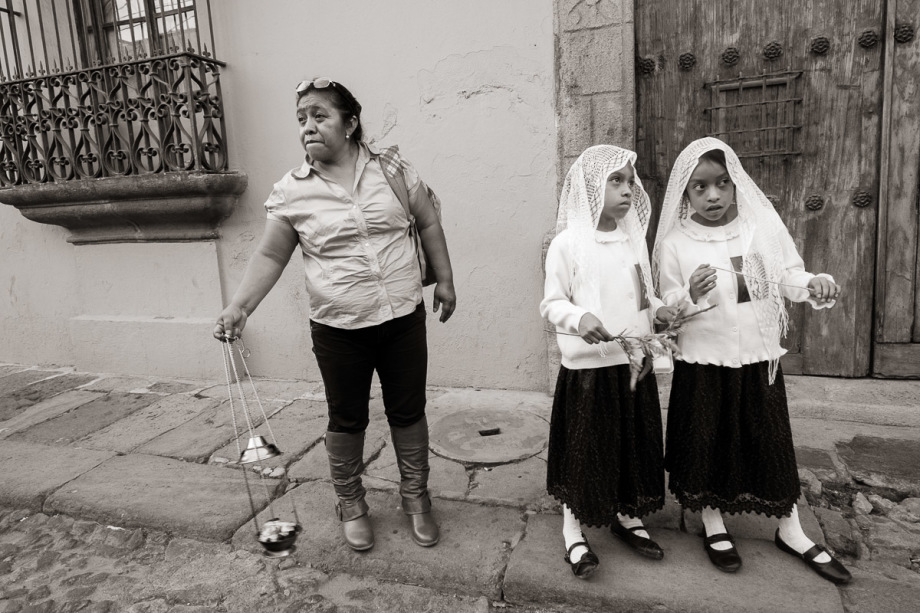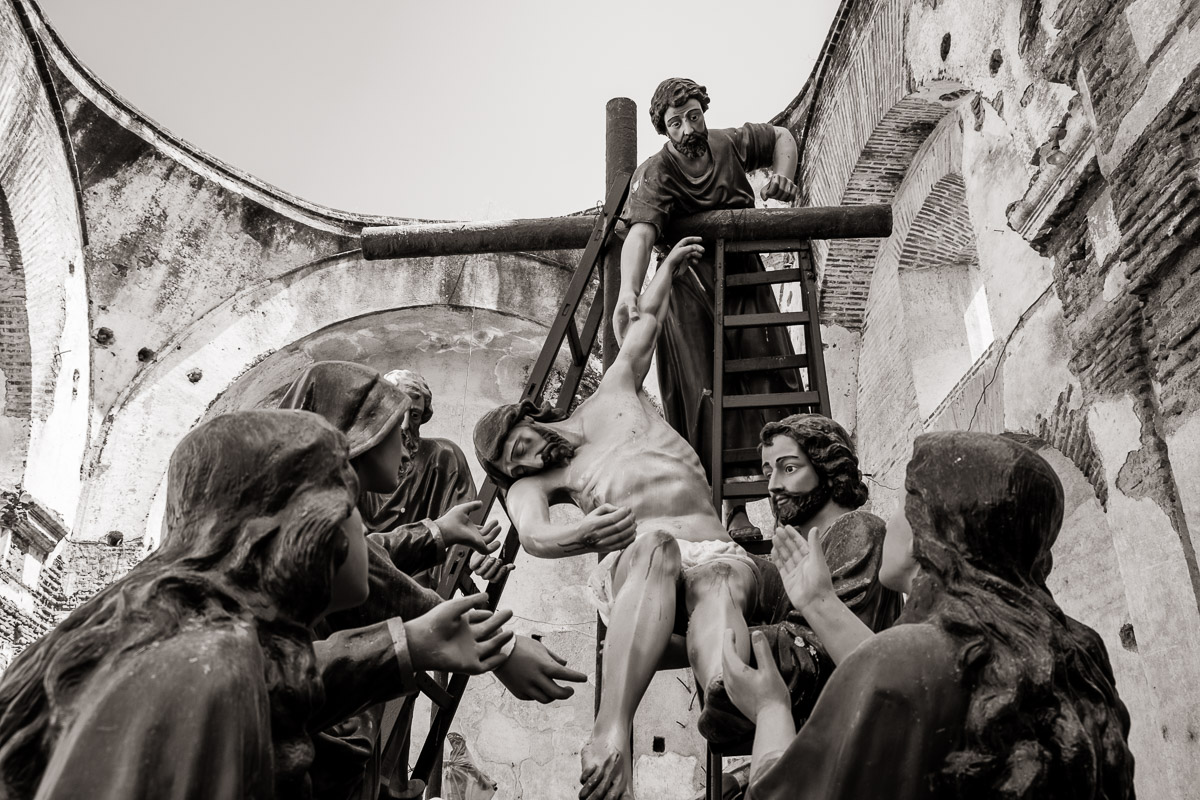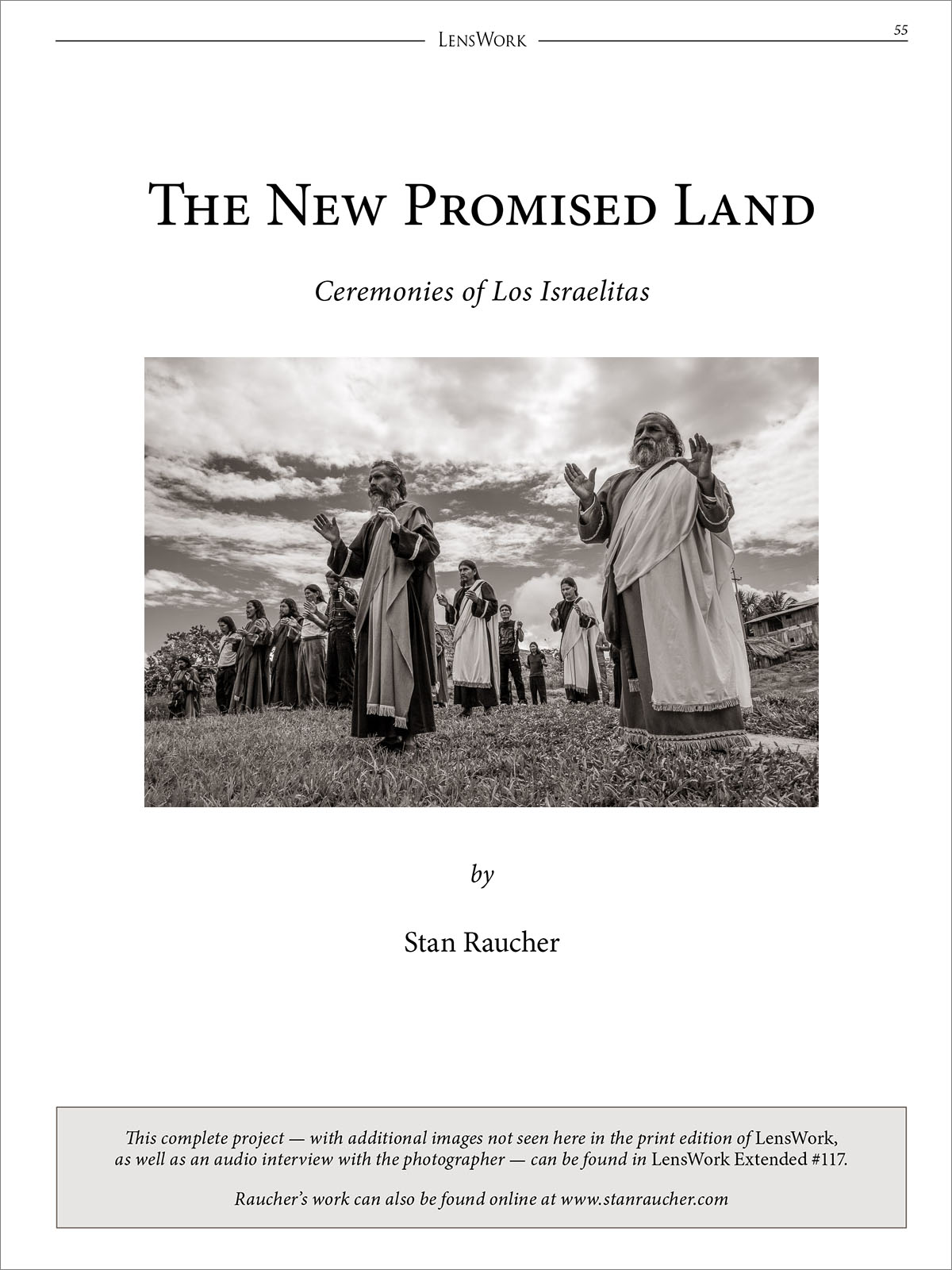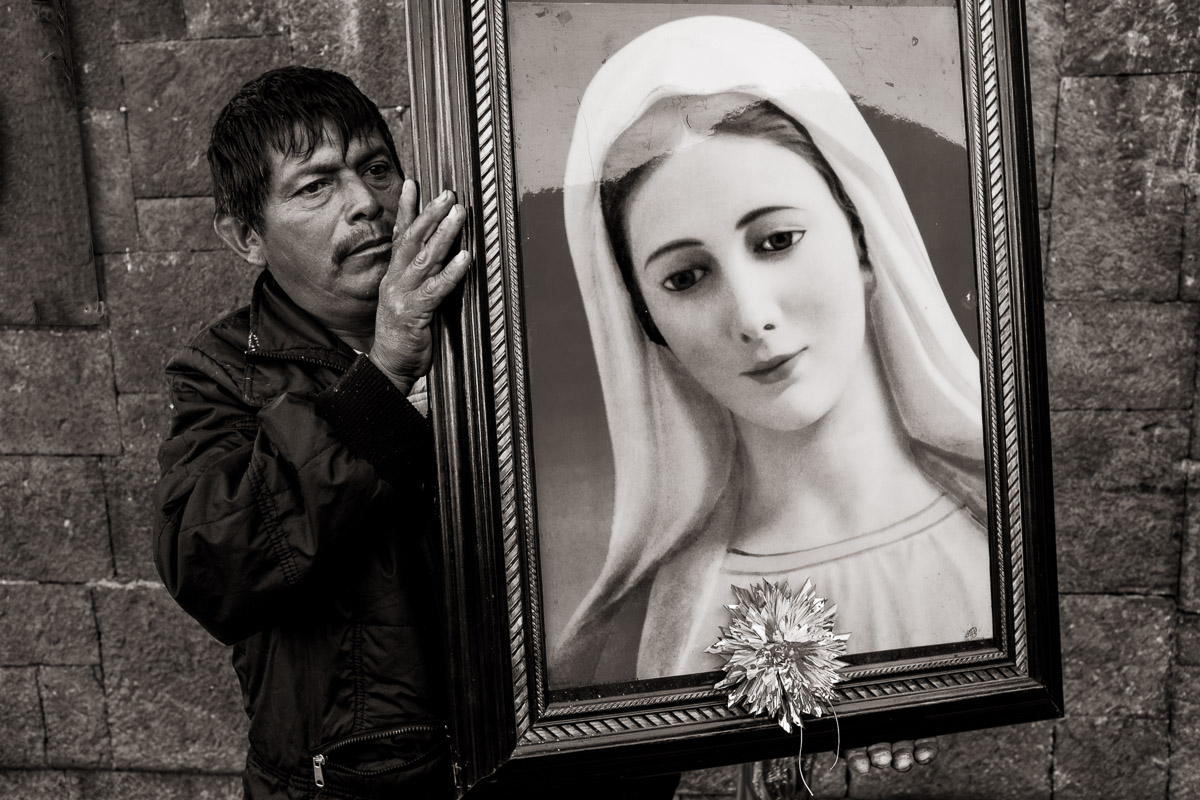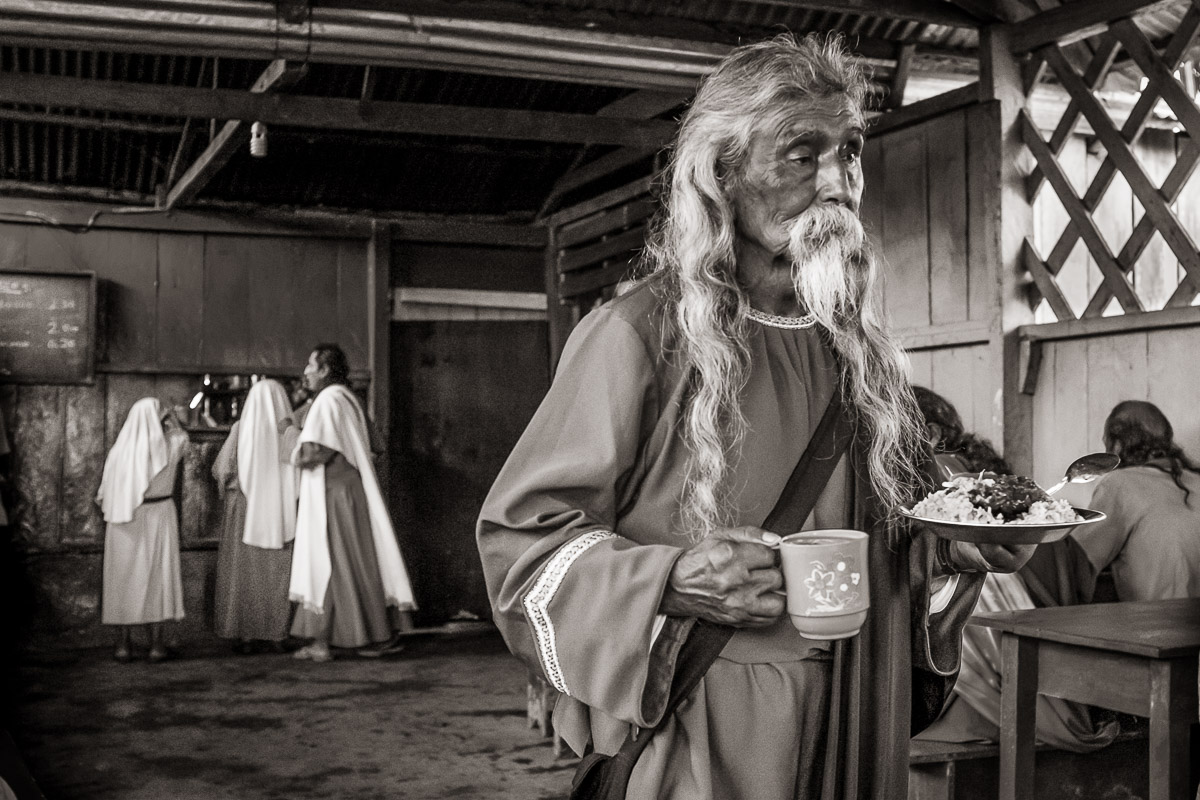March 29, 2015
In the morning of Domingo de Ramos (Palm Sunday) actors from the group La Luna Llena enact stories from the life of Jesus as he entered Jerusalem.
La Merced Palm Sunday Procession
The Palm Sunday procession, based on traditions originating in Spain centuries ago, began at La Merced on Sunday morning. Dozens of men dressed as Roman soldiers headed the pack. They were followed by men and boys carrying standards of the hermandad (brotherhood) organizing the event. Next came men carrying statues of Saints or angels on wooden platforms about the size of a dinner table, and scores of boys and men swinging incense burners to purify the pathway.
The large anda (wooden platform), topped with a statue of Jesus carrying the cross and surrounded by biblical characters, then emerged from the church. Both the figure of Jesus and the anda were brought to Antigua from Spain in the XVII century. The anda is some twenty meters long and three meters wide, and it weighs over two tons. There are forty padded shoulder rests along each side of the elaborately carved platform. It is so tall that it needs to be lowered onto special rails in order to fit through the large church doors.
Once it’s outside, the anda was lifted onto the shoulders of the cucuruchos, the men who will carry it through the cobblestone streets for the next twelve hours. Each cucuruchos is assigned a specific shoulder rest number and portion of the route to be covered. In addition to the assigned spots, there are a dozen or more men underneath the anda to share the burden, and more men at the front and back to direct and steer it. Hundreds of cucuruchos walk alongside the anda, awaiting their turn to carry. Over one thousand men may act as cucuruchos during the procession. The anda is never set down, and as it sways back and forth while slowly moving forward, it seems as though it might topple over at any minute.
When the procession reaches one of the many carefully prepared alfombras, the Roman soldiers, standard bearers, and others walk around the alfombra and leave it unscathed, only to be trample moments later by the group carrying the anda. The brass band follows closely behind playing mournful dirges. Since the lengthy processions either begin or end in the dark, the anda is brightly illuminated via a long electric cord connected to a large gas-powered generator that is wheeled behind the band.
A few minute later, a similar sequence passes by with the sisterhood carrying a statue of the Virgin Mary on an anda about ten meters long. They have their own band and portable generator. Vendors with balloons, toys and soccer balls follow the band, and the clean-up crew always brings up the rear to remove the remains of the destroyed alfombras. Since it was raining for several hours on Sunday evening, the precious statues were covered with plastic sheets for some time.
